9 Most Beautiful National Parks in Nepal
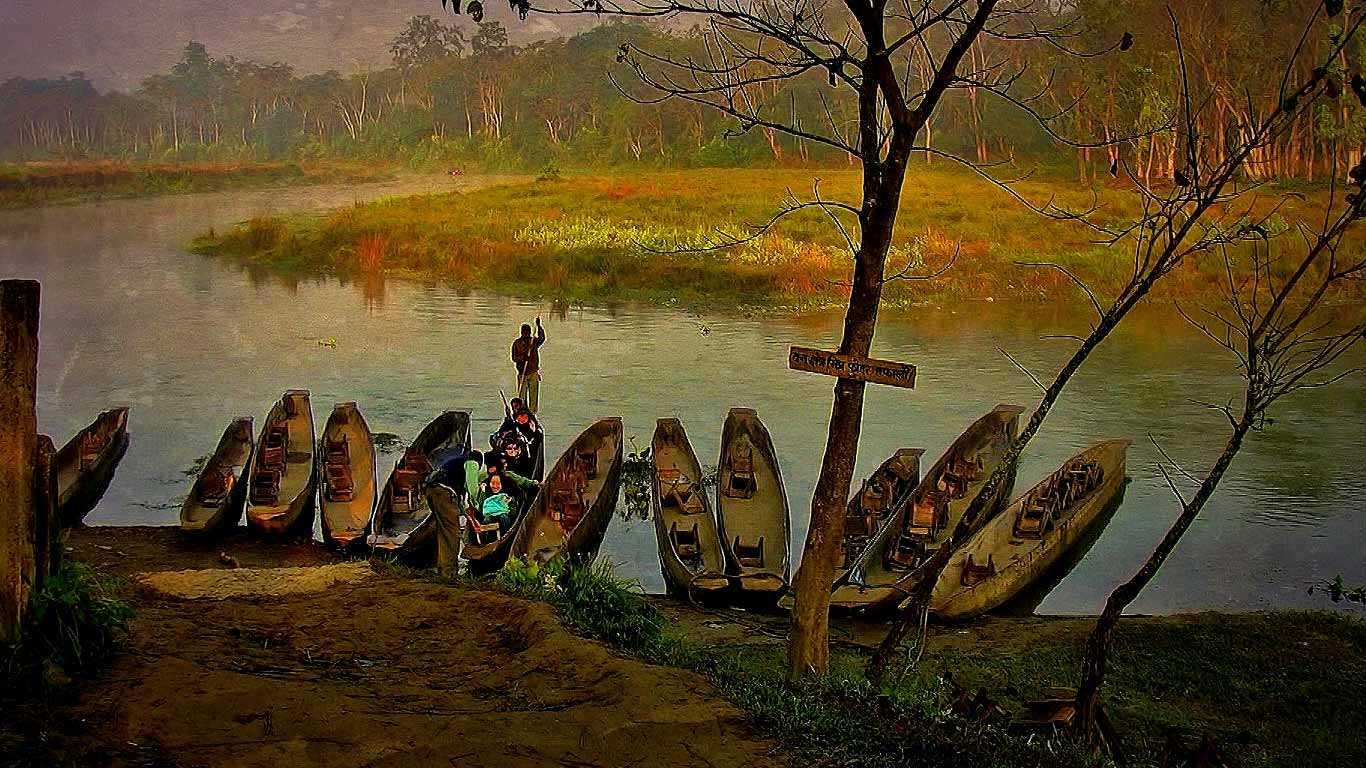
Locals on Boat in Rapti Riverside in Chitwan National Park
With so much beauty to behold across the country of Nepal, it is tough to choose which natural wonders you should visit first. From the snow-capped heights of the Himalayas to the sweltering, sultry plains bordering India, from stunning creatures to unusual herbs, Nepal’s national parks are full of surprises and there are plenty of photo-worthy sites to visit.
There are a dozen national parks in Nepal that conserve sites of breathtaking natural beauty, geographic wonders, and unique flora and fauna that are available to the public and unaffected by human civilization.
And, exploring one is a great way to reconnect with nature while creating lasting experiences in natural settings.
From the deepest valleys to the highest peaks, and everything in between, there are many ways to explore these lovely natural areas. There's a national park adventure waiting for you, whether you want to trek, mountain bike, climb a peak, take a jeep tour, ride a wooden canoe or paddle a rafting boat.
Despite the fact that beauty is in the eye of the beholder, we, Himalayan Trekkers, bring to you our list of most beautiful national parks in Nepal. Some of these parks are more accessible than others, but even the most isolated ones are equipped with paths, maps, and guides to assist visitors.
Continue reading to learn about 9 of Nepal’s most gorgeous landscapes and wildlife sanctuaries to help you find your own personal heaven.
Chitwan National Park

The most reckoned national park in Nepal, Chitwan National Park (CNP) is the oldest national park of the country established in 1973. Located on the inner Terai lowlands at the foothills of the Mahabharata range, CNP is one of the last remaining habitats of the one-horned Asiatic rhino.
There are more than 700 types of wildlife in Chitwan National Park, with more than 75 mammal species including the rare ones like one-horn rhinos and Bengal tigers, 56 amphibians and reptiles (herpetofauna) including Pangolin and Golden monitor lizard, 17 snake species, and 121 types of fishes.
This UNESCO Heritage Site is also considered a birdwatcher's heaven with 643 bird species including the critically endangered Bengal florican and a great pied hornbill and is also home to 206 kinds of butterflies.
422 species of plants representing 91 families, such as Rosewood, Terminalia bellirica (beleric), elephant apple, etc., can be found in the park's vegetation.
In addition, the park is home to the world's tallest grass species. Also, this is Nepal's first protected region, with a three-decade history of environmental preservation.
This national park has successfully managed the Rhinoceros conservation project, and in 2016, it celebrated its second consecutive year of 'Zero Poaching Year.'
Moreover, the closest and best site to go on a wildlife safari in Nepal is Chitwan National Park where the visitors can experience true wilderness by going on a jeep safari deep into the bush or riding a silent canoe and catching wildlife off guard.
You might even see a tiger prowling the misty banks of the Rapti River as you float by in a wooden canoe if you're lucky.
Sagarmatha National Park
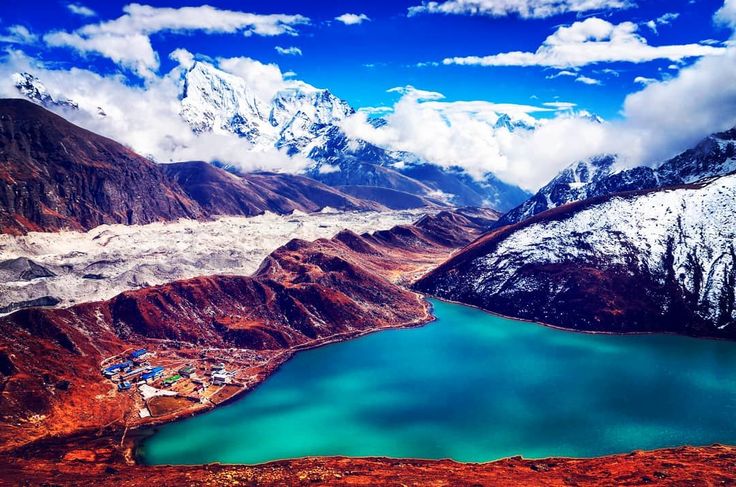
Sagarmatha National Park appears to be the polar opposite of Chitwan National Park, as it is located high in the Himalayas and houses the enormous Mount Everest (8848.86 m).
However, like Chitwan, Sagarmatha is a shelter for endangered animals, including the elusive snow leopard and the red panda.
Sagarmatha is the Nepali name of Mount Everest and is derived from the Nepali language meaning ‘sagar=sky’ and ‘matha=head’.
It is the most popular trekking destination in Nepal, especially for the multi-day climb to Everest Base Camp, but there are plenty of other less-known and often more beautiful options as well, such as Gokyo Valley Treks.
Established in 1976, this mountainous 1,148-square-kilometer park is located in the Himalayan ecological zone in the Khumbu region. Sagarmatha/Everest is a one-of-a-kind creation inside the national park.
However, this UNESCO World Heritage Site also includes a number of other mountains that rise above 6,000m, such as Lhotse, Cho Oyu, Thamserku, Nuptse, Amadablam, and Pumori, as well as the dazzlingly blue Gokyo Lakes, the ice-cold Dudh Kosi River, and many remote valleys.
Sagarmatha National Park is also home to unique wildlife such as musk deer, Himalayan tahr, marten, Himalayan mouse hare (pika), serow, weasel, marten, and langur monkeys.
In addition, the conservation area has over 118 different bird species including the Impeyan pheasant, snow cock, blood pheasant, red-billed cough, etc.
Sherpa Culture, another unique element of the region, can be experienced in hub towns like Namche Bazaar which stands in a bowl of the stunning alpine landscape at 3,440 meters surrounded by Skyscraping Mountains and glaciers.
Bardia National Park
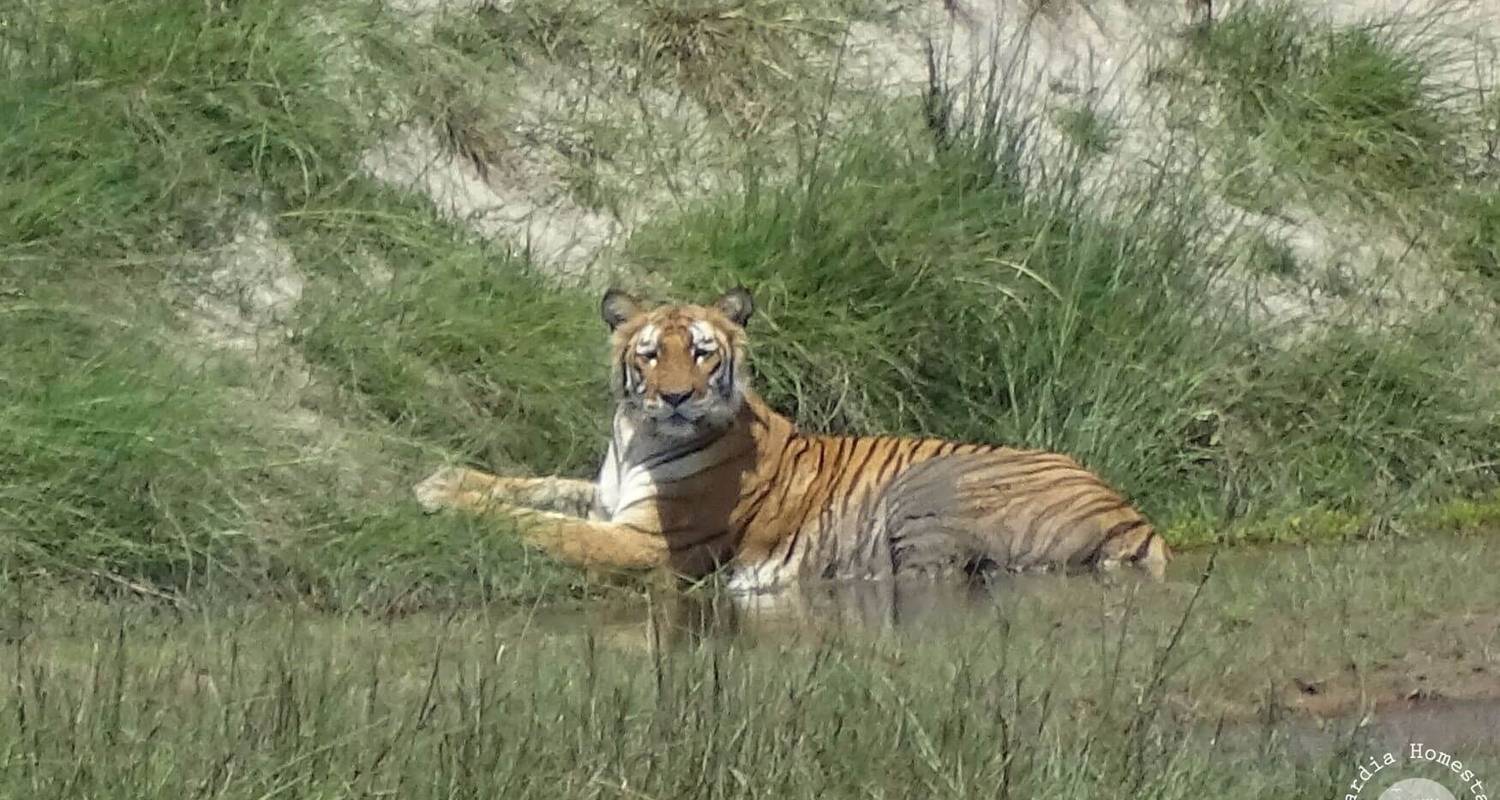
Bardiya National Park or Royal Bardia National Park is one of Terai’s largest and most beautiful conservation zones known especially for the endangered Royal Bengal Tiger.
It was founded in 1976 and is located in Bardiya's far western region, with the Karnali River to the west and the Churia Range to the north.
Bardia is less commercialized than Chitwan but is equally wild and rich in flora and fauna species. It is not as widely accessible, thus the experience is frequently more serene without being disturbed by other safari guests.
As a result, it is regarded as the best spot in the country to watch the elusive big cats, i.e. the endangered Royal Bengal Tigers.
The park accommodates 30 mammalian species with approximately 38 one-horned rhinos in Bardia. There are also large populations of swamp deer, wild elephants, tigers, and leopards.
More than 250 bird species including the Bengal florican and the sarus crane, the world's highest-flying bird along with a slew of reptiles such as Gharial and marsh-mugger crocodiles also inhabit this national park.
It also has 651 butterfly species, making it the world's 3.72 percent diversified butterfly family.
The Karnali, Nepal's longest river, can be found flowing along the Bardiya National Park, where you can go whitewater rafting and interact with endangered freshwater Gangetic dolphins.
Likewise Chitwan, this region is also rich in Tharu culture and customs.
Hence, there is a lot of pleasure to be obtained in Bardia from simply relaxing in the beautiful setting, which you will almost certainly have to yourself.
Langtang National Park
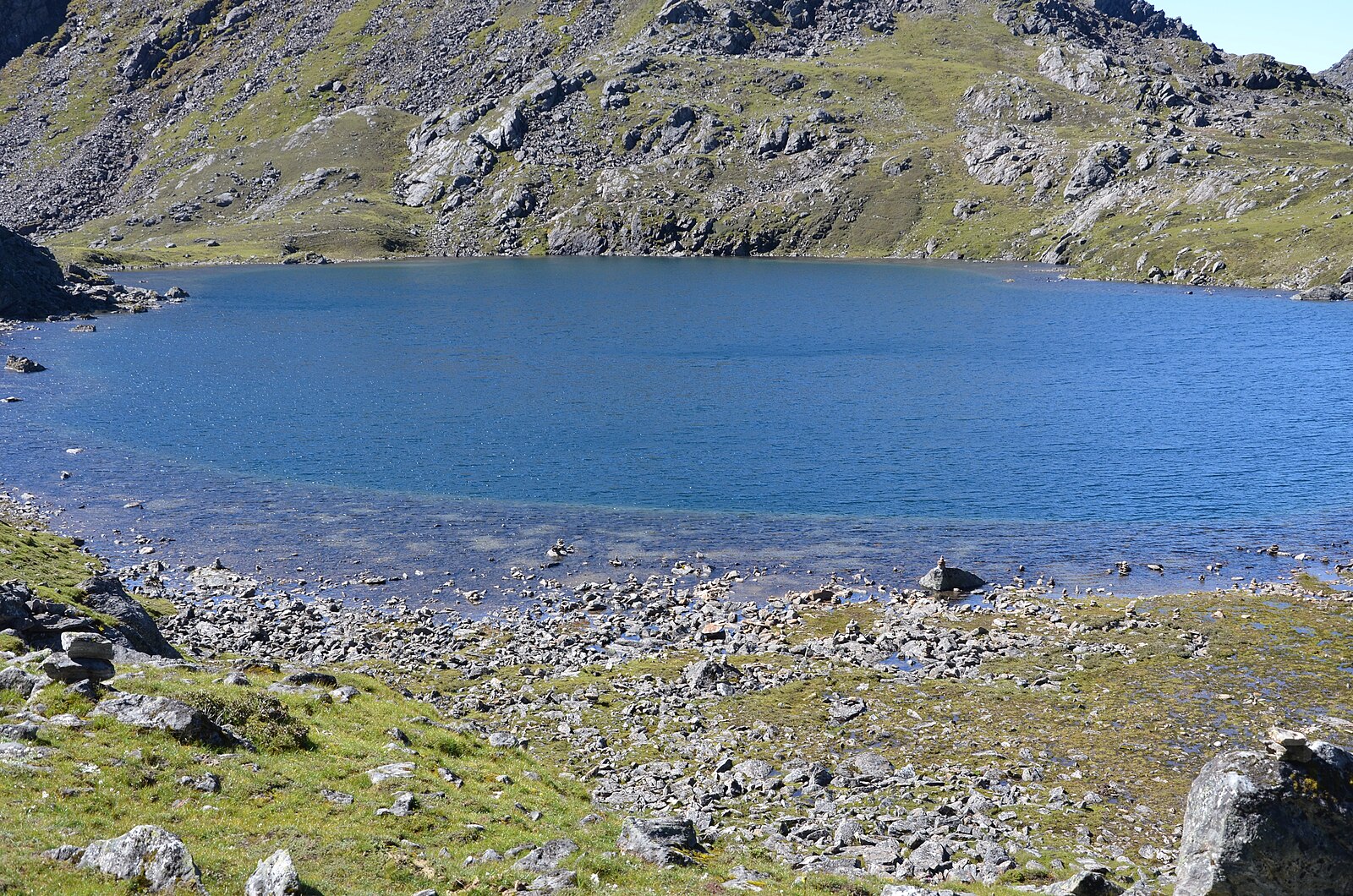
Langtang National Park is the first Himalayan National Park in Nepal that was established in 1976 with an area of 710 sq. km and a buffer zone area of 420 sq. km covering Rasuwa, Nuwakot, and Sindhupalchowk districts.
Langtang stretches from Kathmandu's outskirts all the way to Tibet's border, with a massive altitude range of almost 6,000 meters.
This means that the park's habitat diversity is enormous, and it supports a diverse range of flora and wildlife at various altitudes, including the endangered red pandas.
This park has a significant diversity of 14 vegetation types in 18 habitats, resulting in a wonderful flora and wildlife richness.
The lovely flora of this national park includes pine, rhododendron, silver fir, maple, alder, and oak in the steep gorges of Bhote and Langtang Khola.
The bird population at Langtang is well-known, with 250 kinds of birds found in abundance within the national park.
46 different species of animals along with red panda, Himalayan black bears, and langur monkeys are seen here. Langtang National Park is also home to the amazing white water rivers, Trishuli and Sun Koshi.
The park's highest point is the top of Langtang Lirung (7,245 m). And the park has always piqued the imagination of animal enthusiasts and trekkers alike.
A magnificent set of high-altitude lakes such as Gosainkunda at 4380 m surrounded by soaring peaks is the focal point of Langtang National Park, one of Nepal's most popular trekking locations.
The park's natural landscape is its main draw, and it's a popular trekking destination such as Langtang, Helambu, and Gosaikunda with spectacular vistas of the Langtang range and other Himalayan peaks.
In addition, easy accessibility from Kathmandu is another reason for the popularity of this most beautiful national park in Nepal.
Nature walks, bird watching, mountain climbing, and cultural tours are just a few of the fantastic activities available in this national park.
Shey Phoksundo National Park
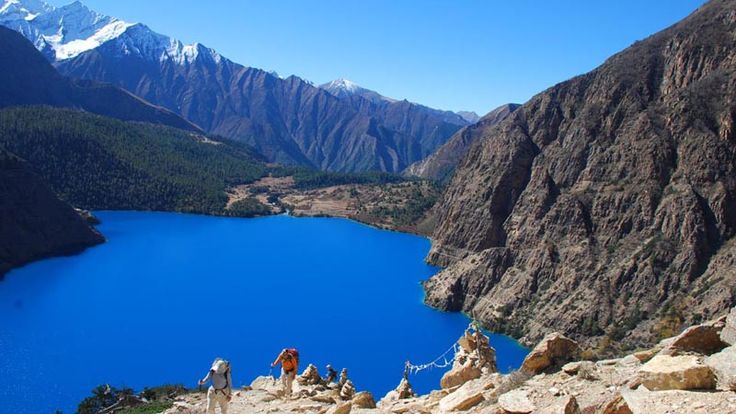
Shey Phoksundo National Park is established in 1894 with a total area of 3,555 square kilometers stretching over the Dolpo and Mugu districts. The elevation ranges from 2,130 meters to 6,885 meters.
The beautiful turquoise Phoksundo Lake is the most notable feature of this massive and lovely National Park. The only trans-Himalayan national park in Nepal is also known for its spectacular scenery and off-the-beaten-path trekking trails.
The Shey Phoksundo Park is home to a diverse range of flora and fauna, in addition to stunning vistas of the Himalayas.
There are 286 plant species, 200 bird species, and 29 butterfly species in this park which houses many endangered wildlife like the snow leopard, grey wolf, blue sheep, and musk deer.
This area is rich in Caterpillar Fungus (Yarsagumba), which is one of the most valuable fungi on the planet.
Throughout the park, there are a number of subsistence farming villages that are among the highest settlements on Earth, housing several thousand people.
This region is also known for Tibetan Buddhism, culture, and history, along with the lakes and animals.
Shivapuri Nagarjun National Park
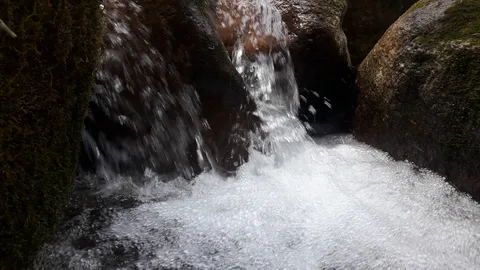
Shivapuri Wildlife Reserve was founded in 1976 and was later designated as a national park in 2002.
This is the only national park connected to the country's capital located to the north of the Kathmandu valley.
This scenically beautiful national park is stretched throughout four districts: Kathmandu, Sindhupalchowk, Nuwakot, and Dhading.
The Shivapuri Nagarjun National Park is teeming with wildlife and plants. Shivapuri-Nagarjun national park has a high level of floral diversity due to its location, and altitudinal and climatic changes.
This subtropical zone is home to 2,122 plant species including 129 mushroom species and four main types of forest. Depending on altitude and aspect, the vegetation includes a range of natural forest species such as pine, oak, and rhododendron.
There is also faunal diversity, with 24 mammalian species, nine of which are endangered such as the clouded leopard, pangolin, Assamese monkey, and leopard cat can be found in the forests.
Other animals include the Common Leopard, Himalayan Black Bear, Goral, Jungle Cat, Wild Boar, Barking Deer, Sambar, and others.
The park is home to 318 bird species, including at least 9 threatened species such as the Spiny babbler, as well as 106 moth and butterfly species.
The forests, hills, and slopes of Shivapuri Nagarjun National Park are laced with tracks, roads, and routes mixed of hard ascents and descents, multiple river crossings, and varied terrain excellent for mountain bikes.
Makalu Barun National Park
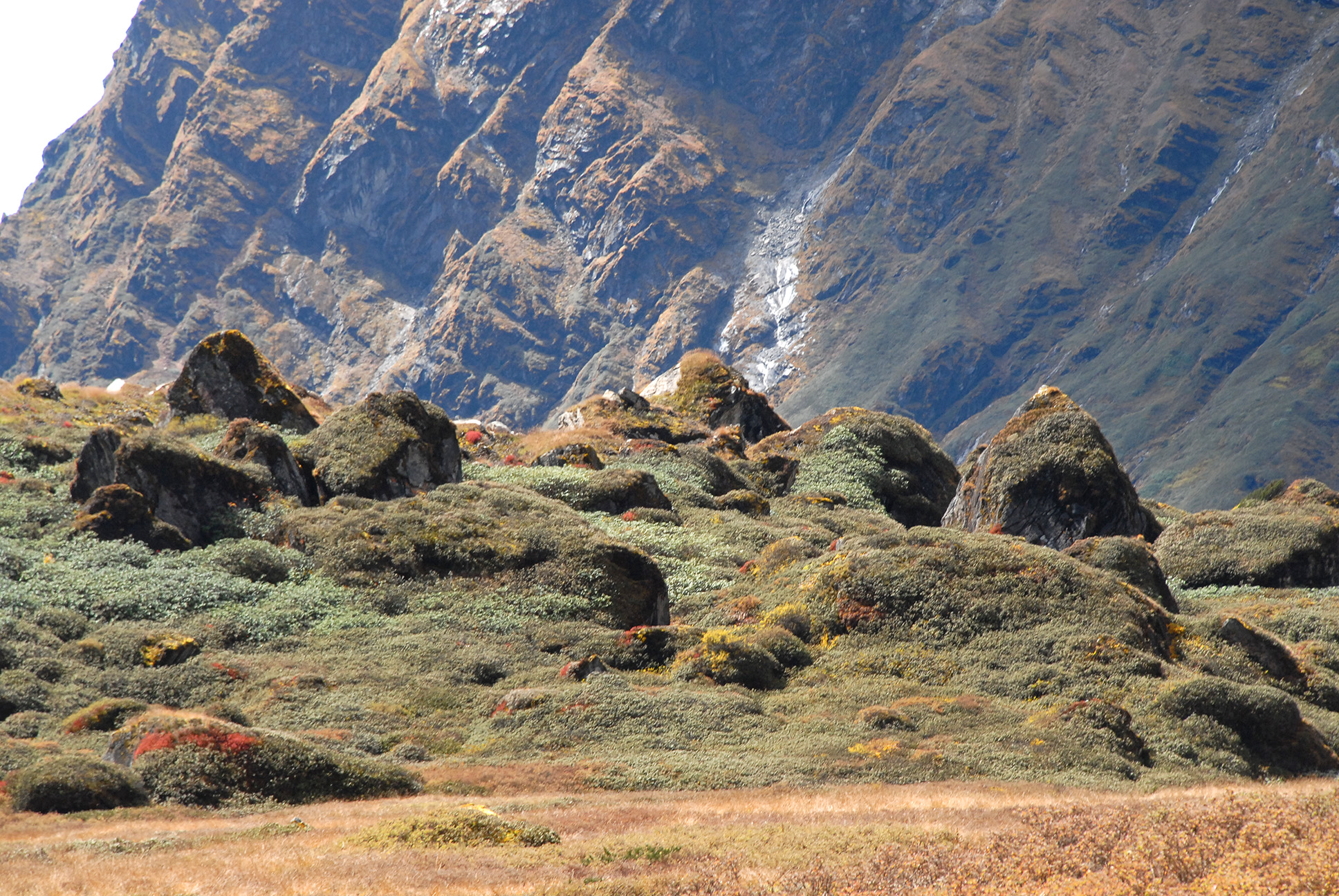
The Makalu Barun National Park was founded in 1991 as an eastern extension of the Sagarmatha National Park and is also connected to the Qomolangma National Nature Preserve in Tibet.
The protected area's elevation ranges from 435 meters to over 8000 meters making it the world's only protected area that includes both tropical woods and snow-capped mountains.
The Makalu-Barun area, with its vast range of altitudes and temperatures, includes some of Nepal's richest and most diversified pockets of plants and animals.
In 27 types of forests, nearly 25 species of rhododendron, 47 types of orchids, 19 species of bamboos, 15 varieties of oaks, 86 types of fodder trees, and 56 rare and endangered plants thrive.
Similarly, the protected region is home to 43 reptile species, 315 butterfly species, and 16 amphibian species. The park's ponds, rivers, and lakes are home to 78 different fish species.
In addition, in this ecologically rich and diversified protected region, 88 species of animals and 433 species of birds have been recorded. Endangered animals such as the snow leopard and red panda can be found in the park.
Mt Makalu (8,463 m), the world's fifth tallest peak, is also located within this protected region. Mera Peak (6654 m), Baruntse (7,129 m), and Chamlang (7,319 m) are among the Makalu Region's summits.
There are plenty of options to explore Makalu Barun National Park, one of the most beautiful national parks in Nepal such as hiking, trekking, animal watching, peak climbing, and taking a nature walk.
Khaptad National Park

Khaptad National Park is a protected area located in Nepal's far western region, founded in 1984 under the guidance of Khaptad Baba, a local holy priest.
The conservation area is an excellent example of Nepal's stunning Far West, symbolizing the ecosystem's uniqueness and importance.
Green rolling hills and views of the Api and Saipal Himalayan mountains ranges make up the environment ideal for adventurers and nature lovers seeking a true wilderness experience.
Khaptad National Park is home to 567 different types of plants, including pine, hemlock, oak, and rhododendron.
Its luxuriant foliage also contains around 224 types of medicinal herbs, 270 species of birds, a great diversity of butterfly species, and nearly 20 different mammal species.
Khaptad is also a fantastic place to see creatures including leopards, Himalayan black bears, wild dogs, musk deer, barking deer, langur monkeys, and others.
You can also encounter Kalij pheasants, Impheyan pheasants, partridges, flycatchers, bulbuls, cuckoos, eagles, Peregrin, falcon, white-rumped vultures, and other birds.
As the park was named after the late Khaptad Swami, his ashram attracts hundreds of pilgrims each year and is of great spiritual significance.
While adventurers can go on week-long trekking excursions, bird watching trips, and animal sightings in one of the most beautiful national parks in Nepal, interested can meditate and pray at the Khaptad Baba Ashram and Triveni Temple nearby.
Cultural tours are also available to give visitors a glimpse into the lives of the people.
Rara National Park
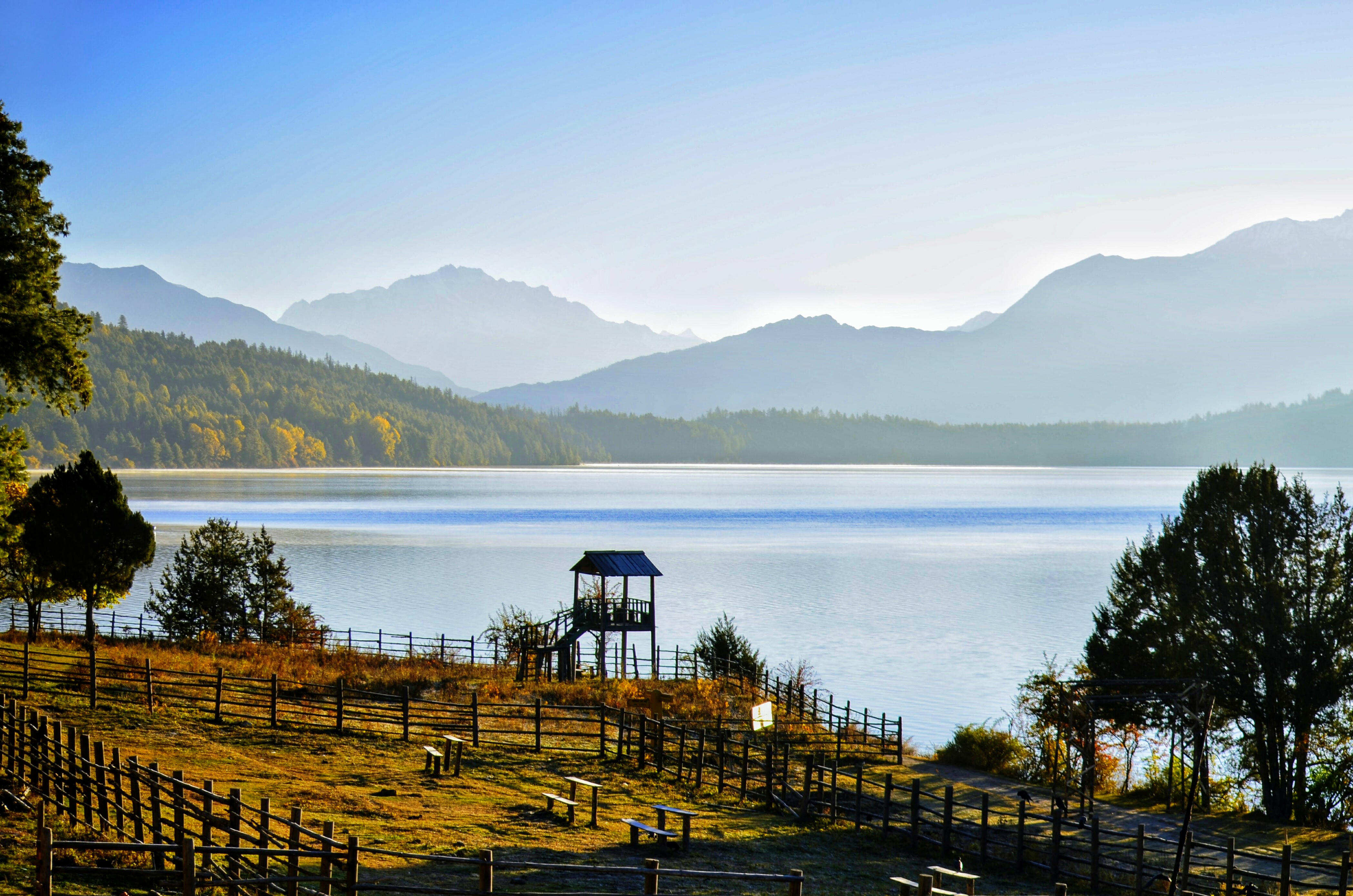
The Rara National Park is Nepal's smallest protected area with an area of 106 square kilometers. Established in 1976 to preserve Lake Rara's unique beauty as well as the Humla-Jumla region's typical flora and fauna is located in Nepal's high highlands of the northwestern region.
The magnificent Rara Lake, a high-altitude lake at 2,990m, and Nepal's largest and deepest freshwater lake is the major attraction in this national park in western Nepal.
The serene lake is also a Ramsar site that is surrounded by gorgeous mountains and is an awesome spot to go hiking.
The alpine coniferous vegetation of Rara National Park provides a typical example of the region's flora and animals. The Rara National Park is home to about 20 animal species, 214 types of birds, and approximately 500 distinct varieties of flowers.
Rara National Park is home to musk deer, red pandas, snow leopards, Himalayan black bears, Indian leopards, jackals, Himalayan tahr, yellow-throated martens, otter, dhole, gray langur, rhesus macaque, and a variety of other animals and birds, including wetland species.
Coots, snow cocks, several pheasant species, grebes, mallards, common teal, red-crested pochards, and gulls are among the important species.
Sub-alpine and high temperate vegetation characterize the reserve. Fir, pine, and birch trees, as well as rhododendron, hemlock, oak, juniper, and spruce, are all common plant species.
Rhododendrons, Fir, Brown Oak, Birch, and many other alpine species can be found in the forest.
Hence, Rara National Park is also considered one of the most beautiful national parks in Nepal. And the journey to this wonderful area can be combined with a hike to the east of Shey Phoksundo National Park.
At the end,
Nepal is certainly a one-of-a-kind country, brimming with biological richness. The diversity of flora, fauna and natural beauty seen in the most beautiful National Parks in Nepal is really amazing.
The above-listed national parks are a few of the country's most prestigious landmarks, with a diverse range of natural resources and there are dozens of other natural sites conserving and preserving nature and wildlife. So choose a national park of your choice and have a remarkable experience.
Read more blogs
